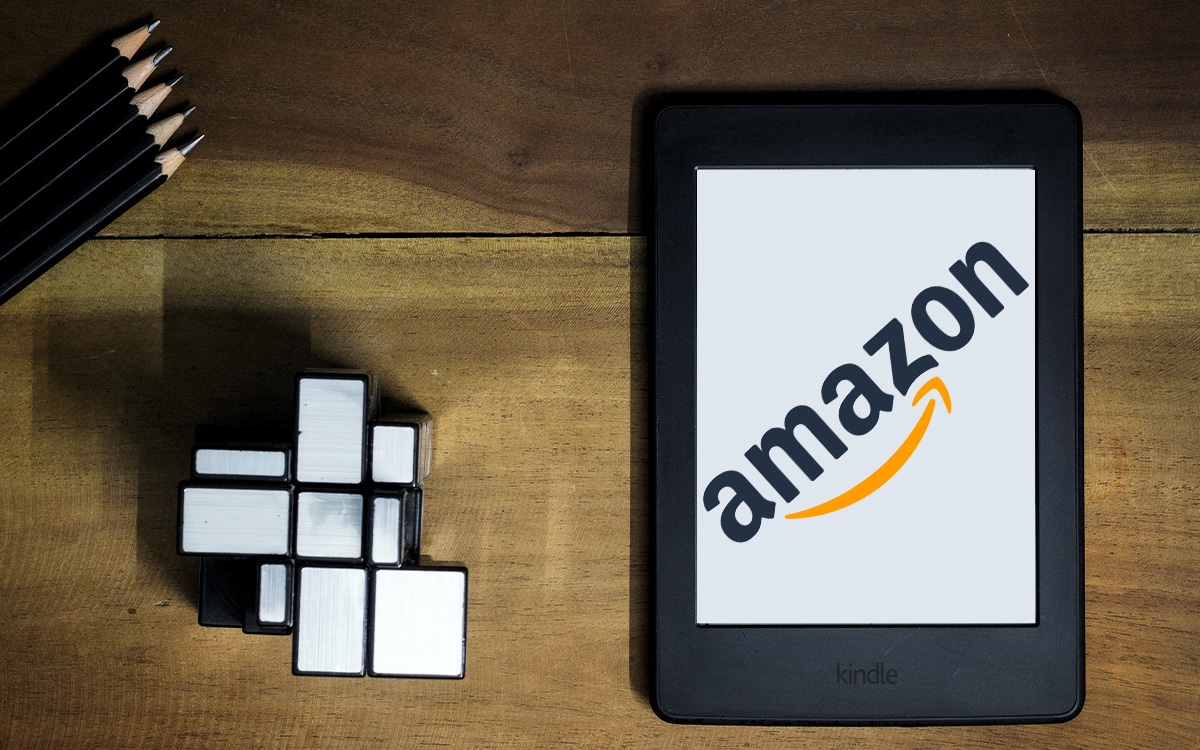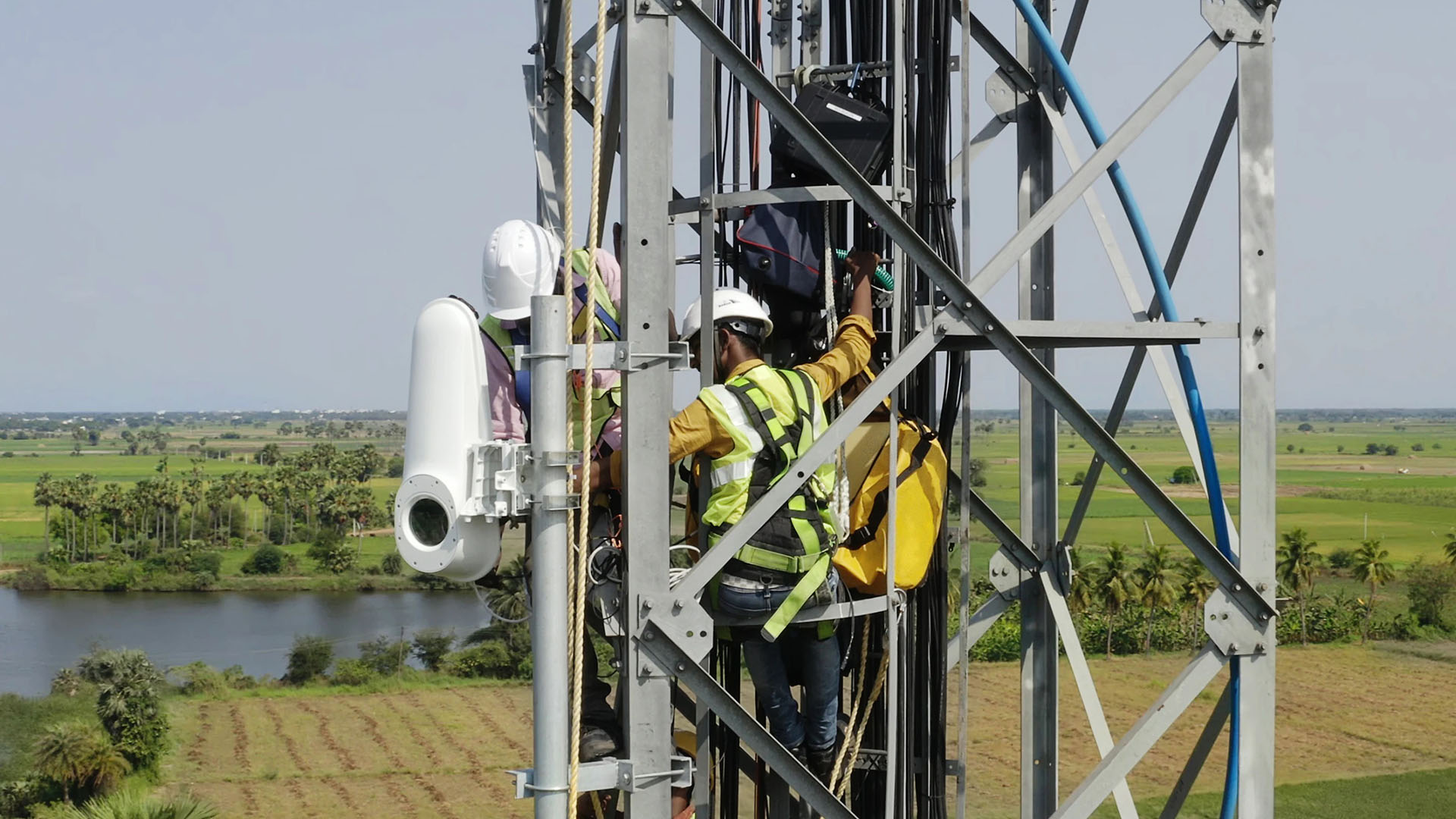
Google is interested in optical free space communications to more easily connect regions. The company welcomes a trial in Africa, between two cities.
There are those who, like Starlink, have the ambition to provide access through space, thanks to a constellation of satellites deployed all around the Earth. And there are those who imagine they can connect the whole world by staying on the ground, not pulling cables from one city to another, but… lasers. This is what Google offers, which has been working on this concept since at least 2017. Her name ? The Taara project.
In fact, Google is taking over an already existing technology called FSOC (Free-Space Optical Communication), or free-space optical communication. This approach dates back to the 1880s, when Alexander Graham Bell imagined optical telephony – we used to speak of photophone. It was a question of using the light to transport the voice of the two correspondents.
The optical fiber also uses light to transport information, via the laser – which is simply light concentrated and directed in a beam – except that it is diffused in a wire surrounded by a protective sheath. The FSOC’s approach is to be able to do this in the open. If in 1880, the range did not exceed 200 meters, the Taara project can cover several kilometers.
Two connected African capitals
Is such a path viable to connect regions of the world that are poorly endowed in terms of telecommunications infrastructure? In any case, this is what Google is trying to demonstrate, during a progress report published on September 16, on the blog of its laboratory dedicated to projects with uncertain future. The group presents encouraging data for Africa.
Thus, a laser link between Kinshasa, the capital of the Democratic Republic of the Congo, and Brazzaville, the capital of the Republic of the Congo, has been established between the two cities. Advantage ? It was used to easily cross the Congo River, which crosses the region and acts as the border between the two countries. It would certainly have been possible to pull cables, but Google assures that it would be at the cost of a considerable detour.
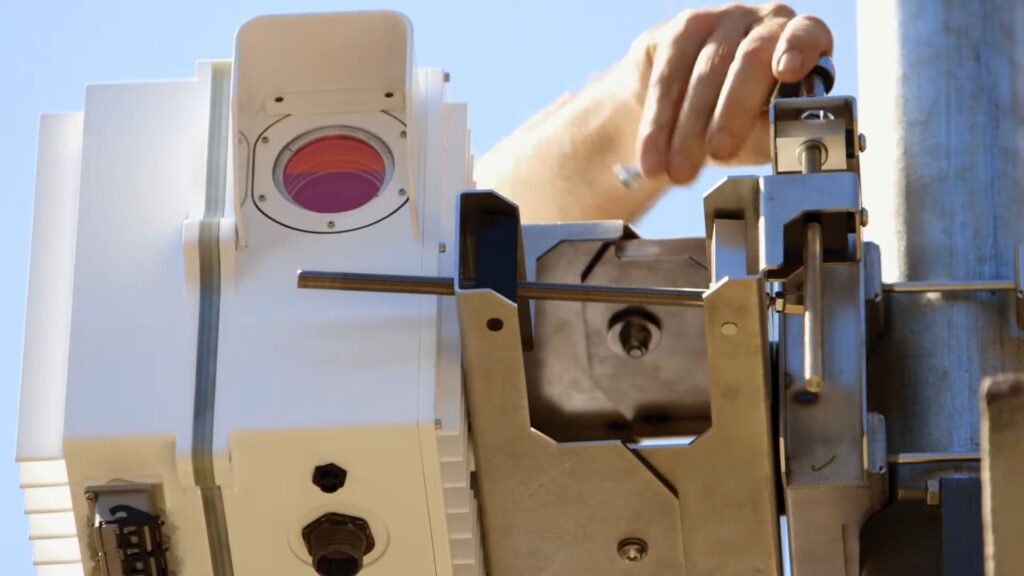
” The fiber optic connection must travel more than 400 km to bypass the river Google points out. And getting the wires to pass under his bed is illusory: it is possibly the deepest in the world, with readings going down to nearly 220 meters. Clearly, if you can’t go under it, then it’s over that you have to try your luck, and FSOC technology is there for that.
Two questions then remain: were the speeds sufficient to serve nearby Internet users, and the connection sufficiently available and stable? Because if the FSOC obviously has strong points for overcoming obstacles, natural or otherwise, and avoiding very expensive detours, it is still necessary to be able to make the connection more reliable. The experience, which lasted twenty days, seems positive.
” After installing the Taara links to transmit connectivity over the river, the connection carried nearly 700TB of data – the equivalent of 270,000 views of a FIFA World Cup match in high definition – with an availability of 99.9% », Writes Baris Erkmen, director of engineering. But the weather still has to be fine.
Because an optical link in the open air needs favorable weather conditions (and a clear line of sight): if it is raining, if it is snowing, if mist or fog sets in, the light signal may experience disturbances or be broken. Google admits it: Taara is not necessarily a solution that can be deployed everywhere. The company says it is targeting regions of the world that benefit from good conditions.
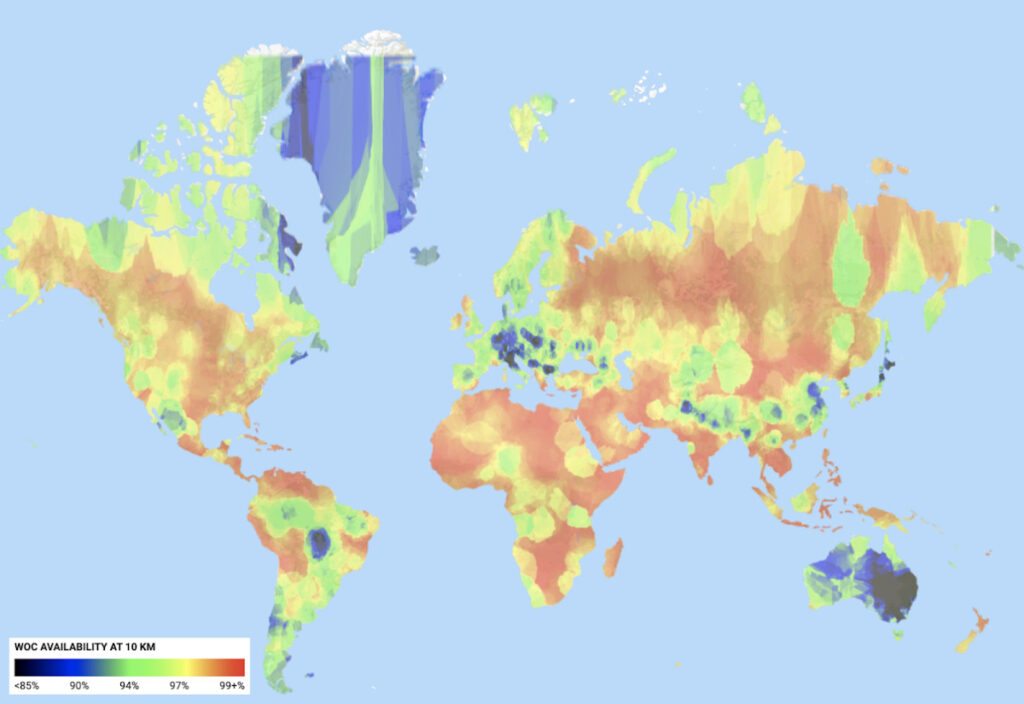
A map of the globe shared by Google also shows the areas that seem best suited for high signal availability combined with a range of 10 km. Besides Africa, the Near and Middle East appear to be good candidates, as do India and part of Southeast Asia. Russia and parts of America are also potential markets.
As for the flow itself, it was not mentioned directly in the test between the two African capitals. However, Google recalls that the speed of an FSOC link can reach up to 20 Gbit / s – this is a ceiling: in practice, the speed will then be divided according to the number of Internet users who are the other end of the line and which will be entitled, a priori, to a few tens or hundreds of Mbit / s.
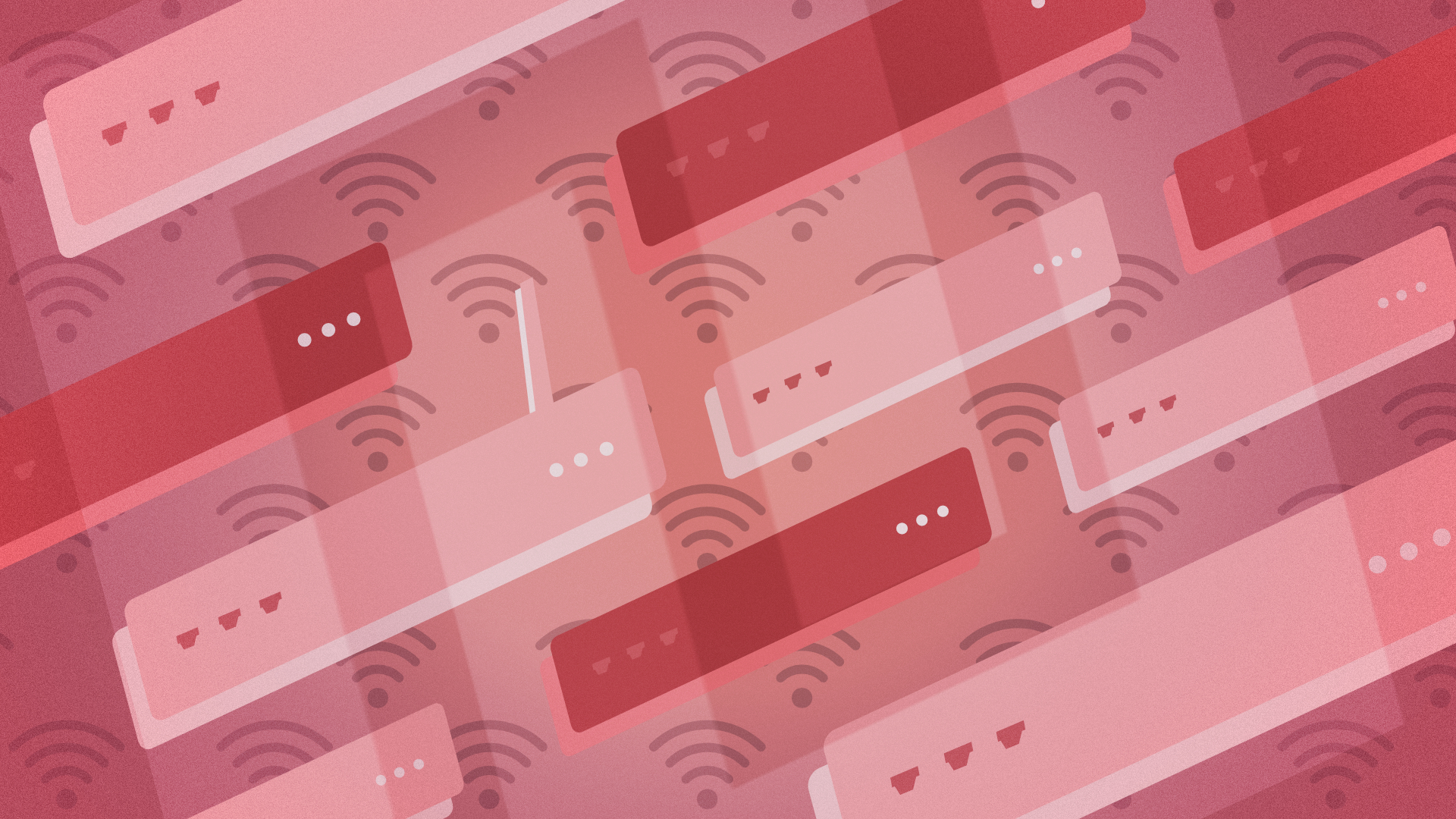

Do you have the fastest internet connection in the galaxy?
